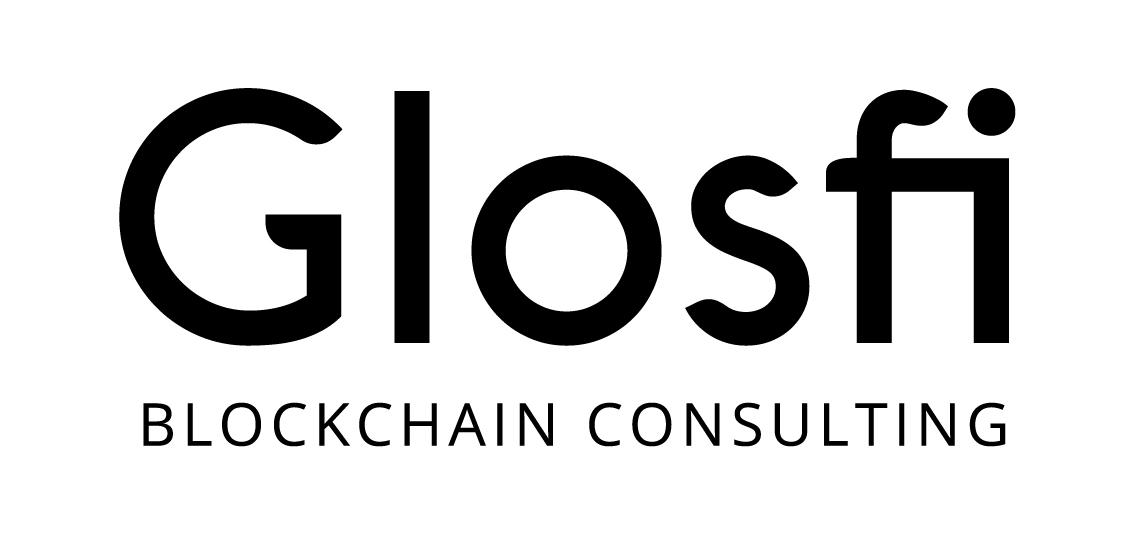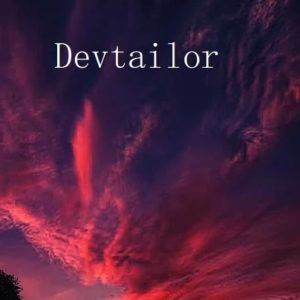In the early days of Bitcoin and Ethereum, blockchain was something new, fresh, and untested. Developers were (and still are) experimenting with different ways to use blockchain to create innovative applications. Now, there are a number of established blockchains that developers can use to build applications. So, which one should you choose? In this blog post, we will explore the best blockchains for building applications. We will compare and contrast different features to help you make an informed decision about which are the best blockchains to build applications
Ethereum
Ethereum is a decentralized platform that runs smart contracts: applications that run exactly as programmed without any possibility of fraud or third-party interference.
Ethereum is one of the most popular blockchains for building applications. It has been used to create everything from decentralized exchanges to prediction markets and more.
If you’re looking to build an application on a blockchain, Ethereum is a great option.
Hyperledger Fabric
Hyperledger Fabric is a permissionless blockchain infrastructure, originally contributed by IBM and Digital Asset, offering a modular architecture with a delineation of roles between the nodes in the network for supporting permissionless blockchain applications.
In general, blockchains can be categorized into two types: public blockchains and permissioned blockchains. Public blockchains are decentralized and allow anyone to join the network and participate in the consensus process. Permissioned blockchains, on the other hand, are more centralized and require an invitation to join. In addition, permissioned blockchains typically have a more defined set of rules and governance structures since they’re not open to everyone.
While there are many different permissioned blockchain platforms available, Hyperledger Fabric is one of the most popular choices for enterprise applications. That’s because it offers a unique combination of features that make it well-suited for business use cases.
Some of the key features of Hyperledger Fabric include:
Modular Architecture: Hyperledger Fabric has a modular design that allows developers to easily create plug-and-play components. This makes it easy to add new features or customize existing ones to meet the specific needs of your application.
Delineation of Roles: The nodes in a Hyperledger Fabric network are divided into three roles: end users, application developers, and validators. This separation of duties makes it easier to develop and deploy applications on the platform.
Hedera
There are many different blockchains that developers can choose to build applications on, but not all of them are created equal. Some are more suited for certain types of applications than others. Hedera Hashgraph is one blockchain that is particularly well-suited for building applications that require high transaction throughput and low latency.
Hedera Hashgraph is a distributed ledger technology that uses a directed acyclic graph (DAG) data structure to achieve consensus. This makes it much faster and more scalable than traditional blockchains. Hedera is also equipped with powerful built-in features such as asset management, smart contracts, and file storage.
If you’re looking to build an application that needs to handle a large number of transactions quickly and efficiently, then Hedera Hashgraph is worth considering.
Multichain
Multichain is a popular blockchain platform that enables businesses to build and deploy applications on the blockchain. Multichain is known for its flexibility, scalability, and security, making it a popular choice for enterprise-level applications. Multichain also supports smart contracts, which allow businesses to automate processes and transactions on the blockchain.
Application areas for blockchains
There are many potential applications for blockchain technology. Some of the most promising and exciting application areas for blockchains include:
1. Supply chain management: A blockchain can provide a tamper-proof record of transactions within a supply chain, allowing all involved parties to track goods as they move through the system. This could potentially increase transparency and efficiency while reducing costs.
2. Identity management: A blockchain could be used to store and manage identities, providing a secure and decentralized way to verify identity without the need for a central authority. This could have implications for everything from online banking to voting systems.
3. Data management: A blockchain could be used to store data in a decentralized manner, making it more secure and resilient against hacks and data breaches. This could have implications for everything from healthcare records to financial data.
4. Smart contracts: A blockchain can enable the execution of smart contracts, which are self-executing contracts that automatically enforce the terms of an agreement between multiple parties. This could streamline many business processes and reduce the need for intermediaries or third-party service providers.
5. Decentralized applications (dApps): A blockchain can provide the infrastructure for developing decentralized applications (dApps), which are apps that run on a decentralized network instead of on a single server controlled by a central authority. This could open up new possibilities for how we use apps in our everyday lives
Conclusion
There are a number of great blockchains out there that are ideal for building applications. In this article, we’ve looked at some of the best options and highlighted their key features. If you’re looking for a blockchain that is easy to use and has a wide range of features, then Ethereum is a good choice. If you’re looking for something that is more focused on security and privacy, then Monero is worth considering. Ultimately, the best blockchain for you will depend on your specific needs and requirements.



